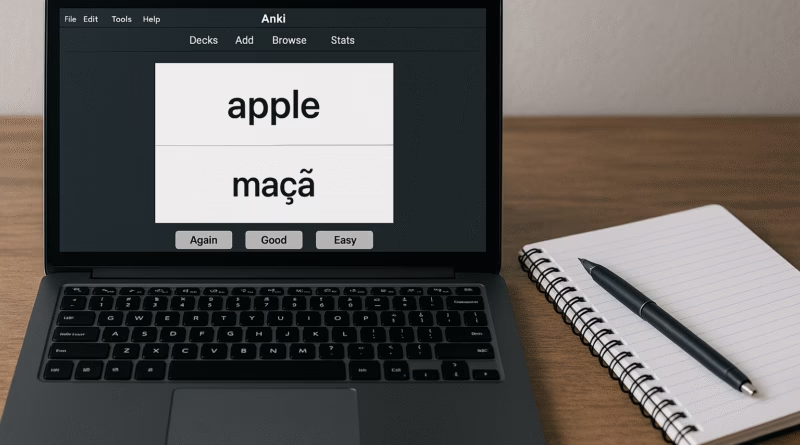My Honest Review of Anki for Language Learning
If you’ve been in the language learning world long enough, someone has told you to use Anki. It’s a flashcard app based on spaced repetition — and it’s powerful. But it’s not magic. Here’s what I’ve learned from using Anki for over a year.
What makes Anki different is its algorithm. It spaces out cards based on how well you remember them. That means no more wasting time reviewing what you already know. You only see what you’re about to forget.
I use Anki mostly for vocabulary, phrases, and grammar patterns. I create my own cards from native content — like YouTube videos, books, and conversations. This keeps it personal and relevant.
The key to making Anki work? Consistency. Just 10–15 minutes a day is enough, but you must do it daily. Otherwise, reviews pile up fast.
Downsides? It’s not for everyone. The interface can be intimidating. It requires discipline. And if your cards are low-quality (too vague, too complex), it becomes frustrating.
Still, I believe Anki is one of the most effective tools for building long-term memory in language learning. It’s not flashy, but it works — if you do.

